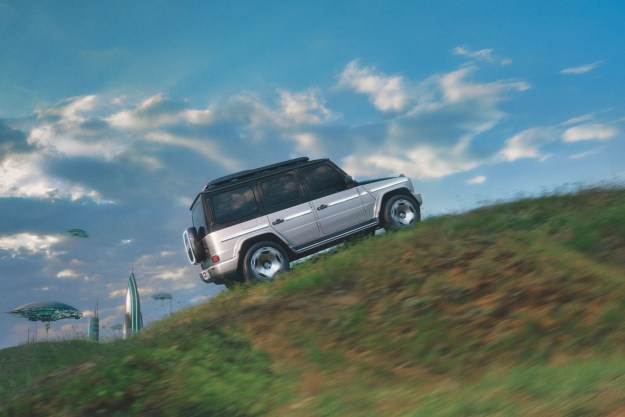Qualcomm aims to accelerate commercial deployment of car communication by hosting a live demo of the technology in Las Vegas at CES 2019 this year.
V2X stands for vehicle-to-everything; it’s a form of short-range communication that can be sent and received by both cars and infrastructure. Put a “C” in front of the acronym for “cellular” and you’ve got the latest communication platform. The demonstrations will feature both Audi and Ford vehicles, as well as a Ducati Multistrada 1260 motorcycle, all of which are equipped with C-V2X technology using Qualcomm’s 9150 C-V2X chipset.
More CES 2019 coverage
- Our CES 2019 Hub: The latest news, hands-on reviews, and more
- Atlis emerges from stealth mode to promise an electric pickup truck
- Lamborghini packs more power into the 2020 Huracan Evo without forgetting tech
The vehicles will demonstrate how the technology works in the example of a four-way intersection without traffic signals, showing how the vehicles can behave co-cooperatively to negotiate right of way and deal with conditions where the driver has no line of sight to the object they are avoiding. The no-line-of-sight case is exactly the kind of situation where C-V2X can benefit drivers in terms of safety and convenience.
Other safety scenarios to be demonstrated include vehicles interacting with other vehicles, vehicles avoiding pedestrians, and vehicles navigating around infrastructure. In particular, the companies want to demonstrate the Intersection Movement Assist (IMA) feature which should prevent vehicles from running into each other in angle collisions at intersections.
An advantage of the C-V2X format is that it will work with 5G and offer backward compatibility, so it should keep up with current trends by the time it is commercially available. And the aim of the technology is not only on collision avoidance. “Besides additional safety, C-V2X is designed to also improve comfort and efficiency, which can be applied to both current and future autonomous driving,” said Anupam Malhotra, director of connected vehicles and data at Audi of America Inc.
There is also a public installation of C-V2X technology in Las Vegas, where the Regional Transportation Commission of Southern Nevada (RTC) has teamed up with Qualcomm to install C-V2X enabled roadside units on select roadways in the city. The trial program will allow the testing of the units in the real world and also give the public what is likely its first chance to see and interact with the technology.




